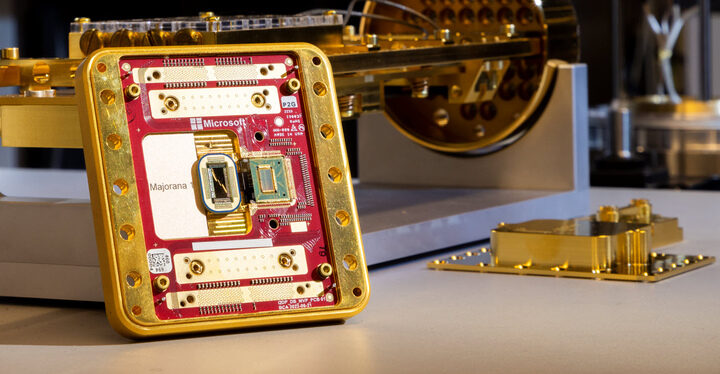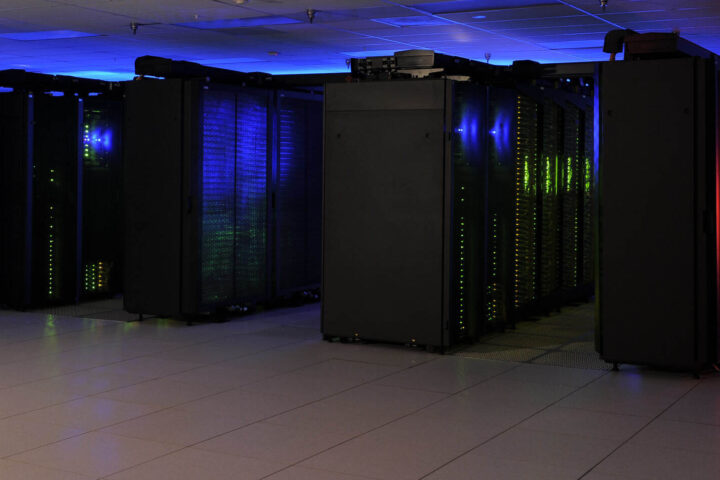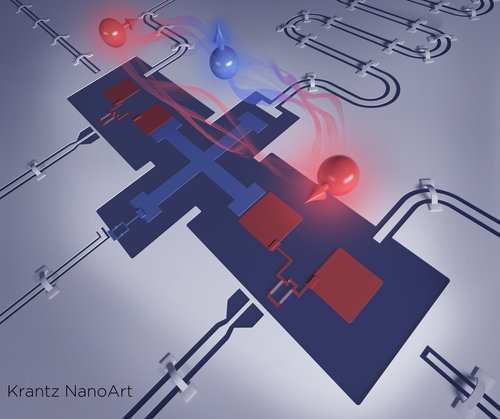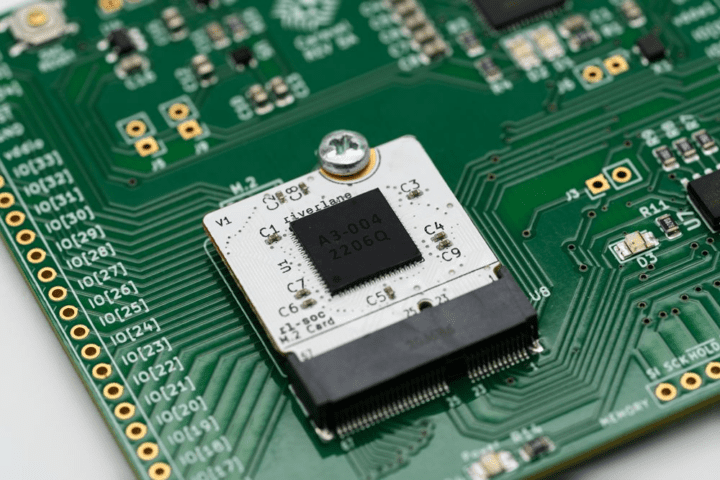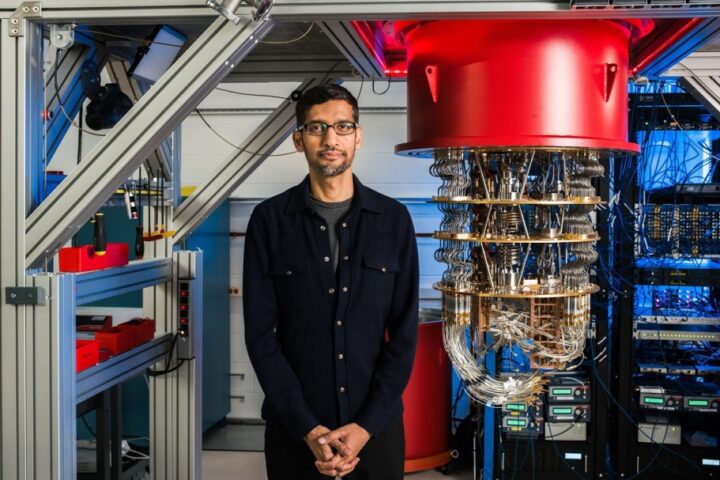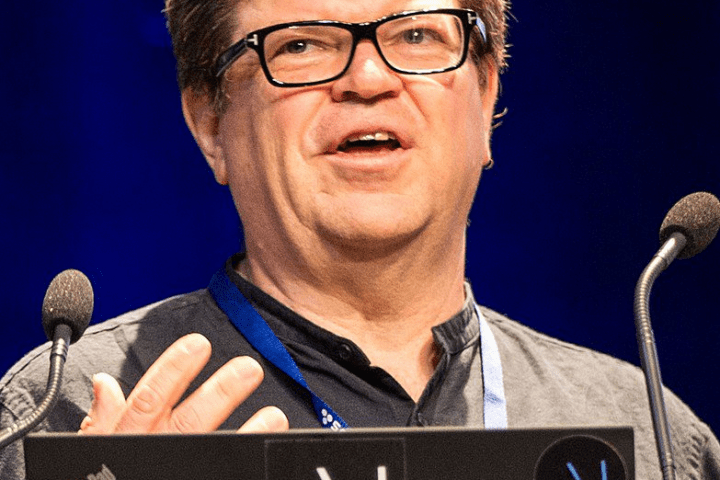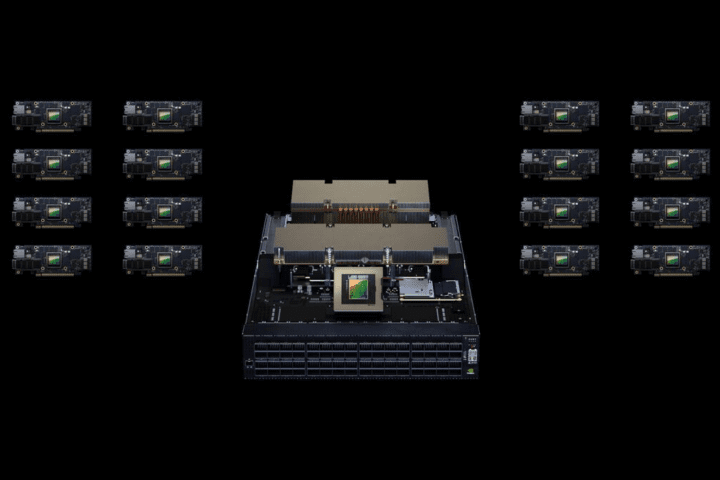A 10-year, $100 million initiative with the University of Tokyo and the University of California was announced by IBM to develop a quantum-centric supercomputer powered by 100,000 qubits. The aim of partnerships is to advance quantum technologies and build the necessary components at scale.
The partnership is expected to be joined by Argonne National Laboratory and Fermilab National Accelerator Laboratory, bringing their expertise and capabilities to the project. A new era of high-performance computing that can solve complex problems beyond the reach of today’s supercomputers is represented by quantum-centric supercomputing.
New understandings of chemical reactors and molecular dynamics could be unlocked by a 100,000-qubit system, helping address pressing global challenges like climate change and clean energy. Enlisting the help of the University of Tokyo and the University of Chicago, IBM plans to invest $100 million to build the quantum-centric supercomputer.
IBM wants to stay at the forefront of engineering technology, though quantum computing is still in its early stages. A foundation for solving complex problems that current supercomputers cannot handle will be provided by the quantum supercomputer.
A significant technical challenge that requires innovation and collaboration is presented by the building of a a100,000 -qubit quantum computer. Highlighting the scale of the leap required to reach 100,000 qubits, Osprey, IBM‘s most powerful quantum system, has 433 qubits. Valuable expertise and research capabilities are brought to the project by the University of Chicago and the University of Tokyo.
Accelerating the adoption of quantum computing and addressing critical challenges are the goals of the collaboration. Innovations at all levels of the computing stack and the integration of quantum and classical workflows will be required by the quantum-centric supercomputer. Key milestones for the project, including scaling quantum processors and mitigating errors, are outlined by IBM‘s Quantum Development Roadmap.
The plan of IBM is to introduce a new 133-qubit processor, a modular flagship system, and middleware for quantum by the end of 2023. Working with its partners, IBM will connect quantum processors through quantum interconnects and scale to 100,000 qubits over the next decade.
Similar Post
The region’s strengths and expertise in quantum research are leveraged by the collaboration with the University of Chicago. The focus of the University of Tokyo is on noise analysis, quantum artificial intelligence, and hybrid computations for quantum chemistry simulation.
Breakthroughs in classical and quantum computing technology will be required by IBM’s quantum supercomputer. The crucial factor for the success of the quantum-ccentric supercomputer will be the integration of quantum and classical networks.
Investments in quantum algorithms and hydro-quantum applications in preparation for utility-scale quantum systems are being made by Microsoft and OVH Cloud. The usefulness of a 100,000-qubit quantum computer will be determined by the rate of scaling and the development of algorithms.
There is a need to overcome challenges like I/O bottlenecks, while some workloads may benefit from a large quantum system. The vision of IBM of using a quantum supercomputer for lower-cost fertilizers is in alignment with the potential applications of quantum computing in chemical and material sciences.




